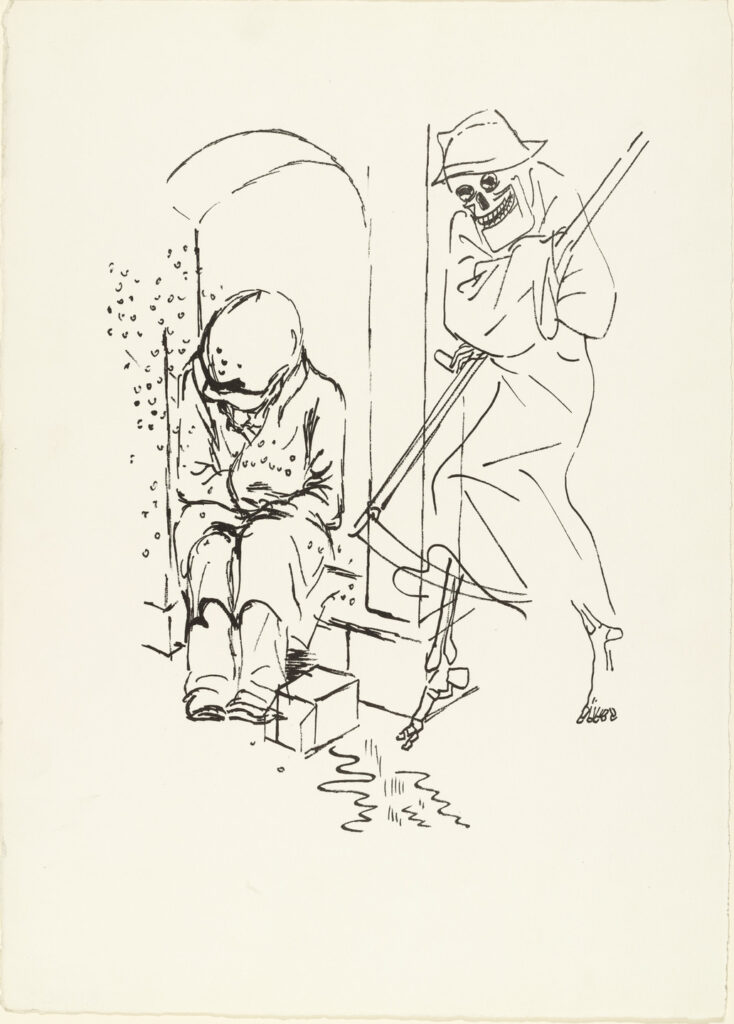
“… the expression of real suffering and a protest against real suffering…. the sigh of the oppressed creature, the heart of a heartless world, and the soul of soulless conditions.”
Karl Marx, A Contribution to the Critique of Hegel’s Philosophy of Right
According to a recent report, “Over 17 million people across India live under the constant threat of eviction and displacement. These threats stem from various causes, including slum clearance drives, infrastructure projects, environmental conservation efforts, disaster relief measures, court orders and tourism development, among others. This means that nearly one in every 100 people in India faces the fear of being forcibly evicted or displaced by the government … In recent years, government action targeting people’s homes—particularly those from the most marginalised groups—has only deepened the anxiety these communities are already experiencing.”
That anxiety those communities are already experiencing is also called real suffering, and it’s intensifying and spreading. According to the Housing and Land Rights Network’s most recent report, in 2023, at least 515,752 people living in India suffered eviction. That’s the highest number in the last seven recorded years. At least 107,449 homes were destroyed. To get a sense of the “movement of history”, in 2022, around 46,371 houses were demolished and at least 222,686 people were forcibly removed. That’s around 129 homes destroyed every single day, and 25 people evicted every single hour, 24 hours a day, day in day out. In 2023, at least 107,449 homes were destroyed, and at least 515,752 people were evicted. That’s 294 homes destroyed daily, and 58 people evicted every single hour. Somewhere someone is contemplating these soulless conditions, looks ups and, with a sigh, calls it progress. Development.
If you doubt that somewhere-someone formulation, remember that “in 2022 and 2023, the highest percentage of people (58.7 per cent) – were evicted under the guise of ‘slum’ clearance/‘encroachment’ removal/‘city beautification’ initiatives.” Beautification. From the corporate – state heights, there is beauty and beautification in the landscapes of real suffering.
Who are those living with real suffering? The “most marginalised groups”: “Forced evictions, displacement, and inadequate resettlement disproportionately affect women and children. In the aftermath of an eviction, challenges faced by women are multifold and include loss of livelihoods and access to food, breakdown of social structures and support systems, debilitating health impacts, and increased vulnerability to gender-based violence. Incidents of home demolition and eviction also adversely impact their economic and social vulnerabilities and exacerbate pre-existing and intersectional challenges faced by them in accessing their rights to housing, land, health, work, water, sanitation, privacy, and security. For children, the immediate and long-term impacts of forced evictions are acute and include psychological trauma, mental illness, fear, insecurity, anxiety, loss of education, loss of health, and increased vulnerability to sexual abuse and violence.”
None of that is surprising, nor is it accidental. The production of precariousness and vulnerability is baked into the politics of eviction. In many countries – the United States, Canada, the United Kingdom, for example – advocates and governments, local and national, are discussing restricting or outlawing so-called “no fault” evictions. That would be a good idea. But what exactly is fault? What is fault in a world in which, by conservative estimates, one in every 100 people lives with the terror of being evicted soon, in which that terror is considered a corollary of urban development, even beautification that the poors must simply suffer and live with? Though India’s numbers are impressive, they are not outliers. Eviction filing rates and evictions are skyrocketing and reaching historical heights across the so-called developed and democratic world. What then is democracy, what is development, that drowns out the sigh of the oppressed, crushes the heart, extinguishes the soul, and criminalizes any expression of real suffering or protest against real suffering?
(By Dan Moshenberg)
(Image Credit: George Grosz, Eviction (Per Gerichtsbeschluss entlassen) / MoMA)